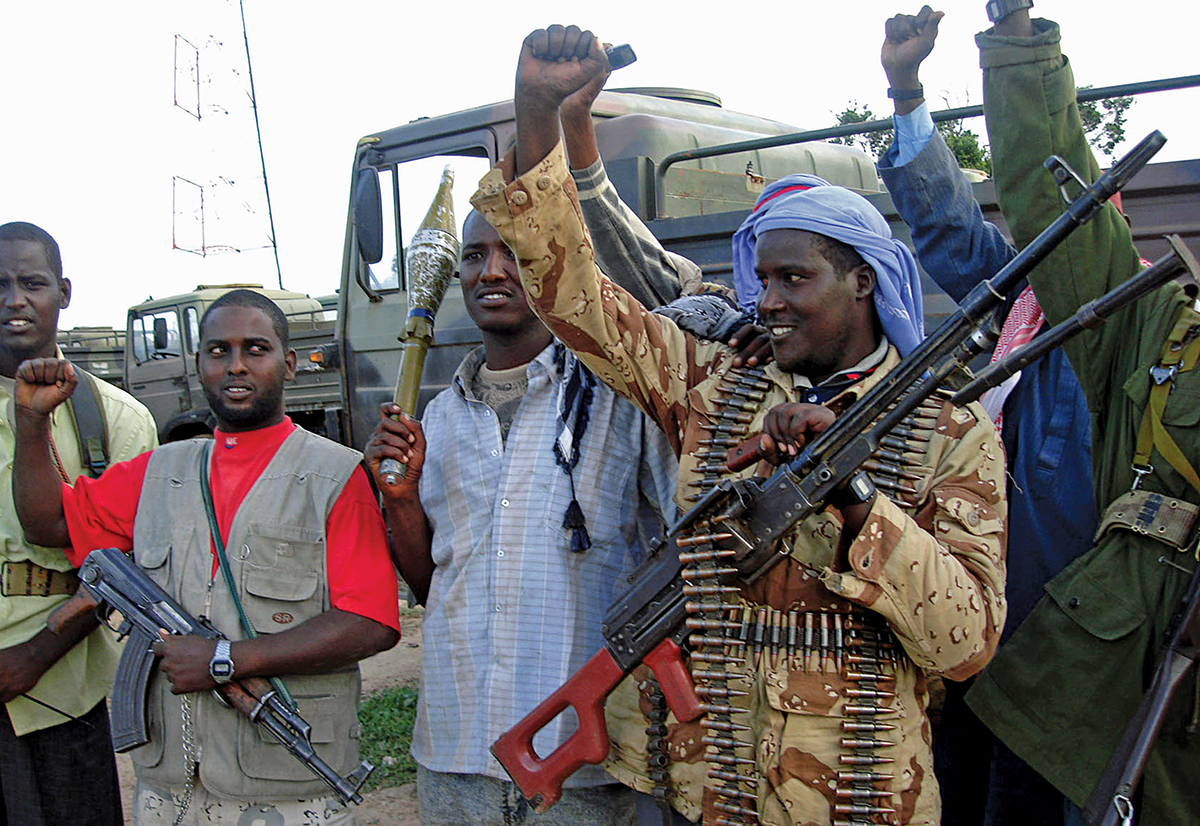
The bodies of children killed in the crossfire lay on the ground. It was too much for the rebel. After a year of fighting rivals across Central African Republic, the abuses were mounting and he wanted out.
The 42-year-old took advantage of a nationwide program meant to help people like him lay down their guns. He trained in entrepreneurship, received a bi-weekly stipend of about $35 and was told to return to civilian life.
But there’s little normal life for veteran fighters in one of the world’s most volatile countries. He couldn’t find work, was shunned by his family for his violent past and was threatened by enemies. Two years later he became a fighter again, this time helping Russian mercenaries combat the armed groups he had left.
Nearly 5,000 fighters have put down their arms in Central African Republic since the program launched nearly a decade ago. Yet former rebels, communities and conflict experts say it’s hard to stop fighting in a country where little other paid work exists.
Central African Republic has been in conflict since 2013, when predominantly Muslim rebels seized power and forced the president from office. Mostly Christian militias fought back. A 2019 peace deal only lessened the fighting, and six of the 14 armed groups that signed later left the agreement.
Another armed presence is Wagner, the Russian mercenary group tasked with protecting the presidency and securing the country.
Its fighters have been accused by rights groups and civilians of recruiting a local militia to help it fight rebels while committing abuses and exploiting Central African Republic’s rich mines and forests.
Some of those militia members went through the national program to disarm.
The Associated Press spoke with four fighters in the western city of Bouar and the capital, Bangui, who went through the program.
One is the 42-year-old who spoke on condition of anonymity for fear of reprisals.
Central African Republic’s government estimates that up to 15% of those who go through the disarmament program return to armed groups. It is not clear if that includes Wagner. The United Nations, which piloted and supports the program, has said it loses track of about 70% of people who participate.
Experts call the program shortsighted, with combatants given few viable options beyond fighting. Nearly 70% of people in Central African Republic live in extreme poverty, according to the World Bank.
Former fighters are recruited by Wagner or return to communities that are marginalized or attacked by security forces and Wagner allies, “which can easily cause them to take up arms again,” said University of Montreal researcher Alexandra Lamarche.
Neither option will lead to lasting peace, she said.
The disarmament program began in 2015 as a pilot initiative by the U.N. peacekeeping mission. Three years later, it expanded and the government took over.
The program encourages fighters to lay down their arms and dissuades potential recruits. To join, fighters must hand in a gun or several hundred cartridges of ammunition. They are given the choice of joining the security forces or doing vocational training.
